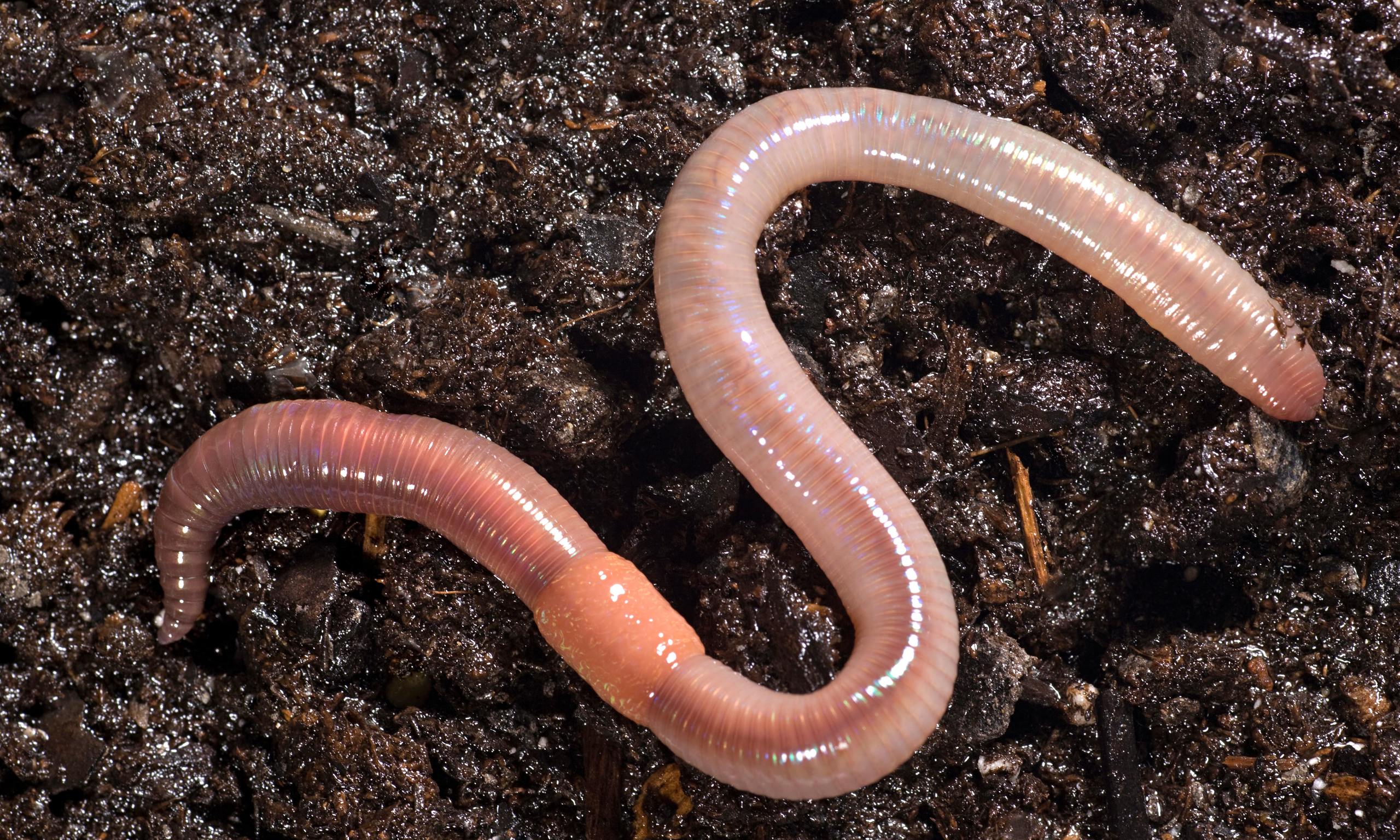Some Ideas on North Carolina Worms You Need To Know
Some Ideas on North Carolina Worms You Need To Know
Blog Article
Fascination About North Carolina Worms
Table of ContentsSome Known Questions About North Carolina Worms.The Best Guide To North Carolina WormsSome Ideas on North Carolina Worms You Need To KnowNot known Incorrect Statements About North Carolina Worms
Instance: 1-gallon of worm castings to 4 gallons of potting mix. 1/2 cup in the base of the growing opening for smaller sized plants. 1 mug for larger plants.
The addition of tea can also include boosted microbial biomass to your soil. You can always side-dress your plants with worm spreadings at any time. Just remember, the microorganisms will certainly die if exposed to UV rays (Sunlight), so make certain to cover the spreadings with an inch approximately of soil.
This frustrated them for several years up until the testing approaches progressed. They located that plant growth and wellness displayed a Bell Curve. It would certainly get far better(with more spreadings), level off, and afterwards decrease. They were dumbfounded. They finally uncovered that excess plant-growth hormones were the wrongdoer. A lot of worm castings would certainly speed up the development to a speed that the plant can not recuperate from.
A Biased View of North Carolina Worms
I have clarified the merits of worm spreadings for regarding 2000 words. Worm castings are no different. It takes time to create high quality worm castings.
Worm castings absolutely cost more than chemical plant foods. Worm castings are on the less expensive end of natural plant foods. (50 gallons per year) It is a much more difficult and very pricey financial investment to generate big amounts of worm spreadings.

Creating a healthy and balanced soil might be the biggest advantage of worm castings. We discussed worm castings NPK and also the appropriate nutrient analysis that must apply to worm castings.
North Carolina Worms for Dummies
We spoke regarding some of the negative aspects linked with worm castings. I covered a lot of material in this short article.
The upright burrows are usually open, although the worms cover the leading with residue and excrement. Roots require oxygen for their development, whereas they create carbon dioxide that needs to leave the soil.
Earthworms boost porosity by two systems: (1) by creating permanent burrows, and (2) by improving dirt gathering. Aggregation is improved by the blending of dirt and natural matter in the earthworms' guts. Lenoir NC Worms For Sale. These highly secure accumulations are deposited by some earthworms in their burrows, and by others at the surface of the dirt


In another research study, earthworms were approximated to eat 4 to 10 percent of the top 6 inches of the soil yearly. This only mosts likely to reveal the enormous amounts of soil that can be processed by earthworms. Soil compaction minimizes the porosity of the dirt. Due to the fact that earthworms increase porosity, they decrease the impacts of compaction.
The smart Trick of North Carolina Worms That Nobody is Talking About
Normal earthworm populations can easily consume 2 loads of dry issue per acre each year, partially digesting and mixing it with dirt. The relevance of earthworms to blend surface deposit with dirt ends up being extremely clear in soils that do not have any kind of earthworms. Many of our Pennsylvania soils contend the very least some earthworms, and the impact of their complete lack, as a result, can not be noted.
(https://www.alive-directory.com/North-Carolina-Worms_673540.html)In these dirts, the formation of topsoil with sensible organic issue material did not take area, causing poor crop development. Once the cause was established, the government of the Netherlands began a project to present earthworms. After the intro of the earthworms, a dark topsoil layer was created, and plant development raised substantially.
They live primarily from partially decayed natural issue that is already incorporated in the dirt. These varieties consume large amounts of dirt that they mix with digested plant deposit in their guts.
These varieties consume substantial quantities of soil that they blend with absorbed residue in their intestines. Their excrement is primarily transferred at the surface of the dirt.
Report this page